Interview: Populous’ Meg McWilliam on Kai Tak Sports Park and changing fan habits
Images: Populous
Images: Populous
Ahead of the opening of Hong Kong’s new Kai Tak Sports Park complex next year, we caught up with Populous’ Meg McWilliam to discuss the design process behind the 28-hectare site.
McWilliam, an associate principal and senior architect at Populous, lived in Hong Kong for over three years to lead the design of the 50,000-seat stadium that will anchor Kai Tak Sports Park.
Originally from the US, McWilliam is now based back in Los Angeles. In this interview, we discuss the differences between stadium projects in the US and Asia, how technology can elevate the fan experience, venue sustainability, and more…
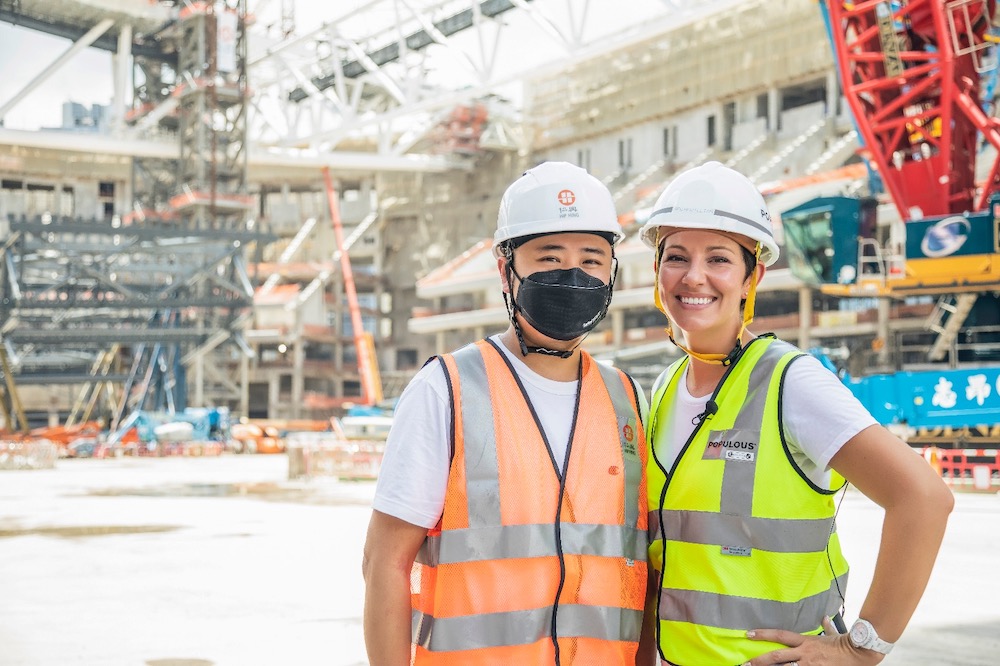
TheStadiumBusiness: How would you describe the modern fan? How much do you think this has changed in the past five to 10 years and how do you expect this to develop in the coming years?
Meg McWilliam: “The modern fan is hard to define using basic demographic characteristics. In the last decade, we’ve seen a marked shift in attendance and viewership that is more reflective of the general population – women and children are attending at higher rates than in the 90s and even the early 2000s, and we see incredible diversity within fan groups as teams and venues have made a conscious effort to create a more inclusive atmosphere. Since we can’t define the modern fan through categorisation, we think instead about what all fans are looking for.
“They’re looking for experiences that are immersive and unique – something that can be posted to your socials to generate a bit of ‘fear of missing out’. Serious fans are also looking to have as much information and analysis available to them in-venue as they would at home. We anticipate fans will continue to be diverse into the future, and that technology and innovation will continue to drive sports and entertainment events as ‘can’t miss’ experiences.”
TSB: What are some of the emerging technology trends that interest you from a venue design perspective?
McWilliam: “I’m excited about so many of the emerging technologies we’re seeing. I think layering augmented reality into venues has the potential to upend the live sports experience. Imagine using your phone in AR mode to pull up real-time statistics of your favourite players as they take the field. What if there were multiple AR modes in-stadium focused not only on statistics, but also colour commentary or fun facts?
“I think the possibilities of using digital overlay on top of the in-person experience are endless. Particularly here in Asia, the integration of the latest and greatest technology is expected as part of the experience, where a Capgemini global survey found 71% of fans said they’d pay more for new technologies in their venue experience, which is more than double their European counterparts.
“Real-time data capture can also allow for a hyper-personalised fan experience. This goes beyond being able to navigate the venue with interactive maps through the venue’s app and can bridge into using geolocation and geofencing to trigger special offers and experiences. Venues and teams are more able than ever to meet fans where they’re at and tailor the digital interfaces to them. As an older female sports fan, what I’m looking for out of my experience is different from what a teenager on the team’s development squad is looking for, but emerging technology, big data, and personalisation have the potential to ensure we’re each having the best experience possible based on who we are and what we value.”
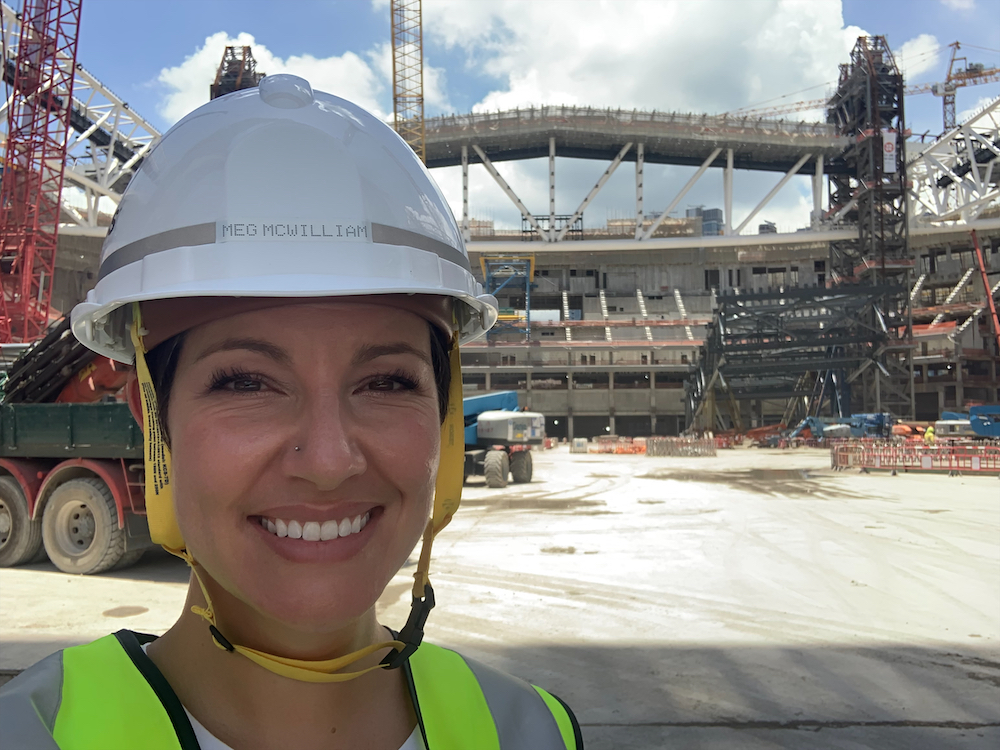
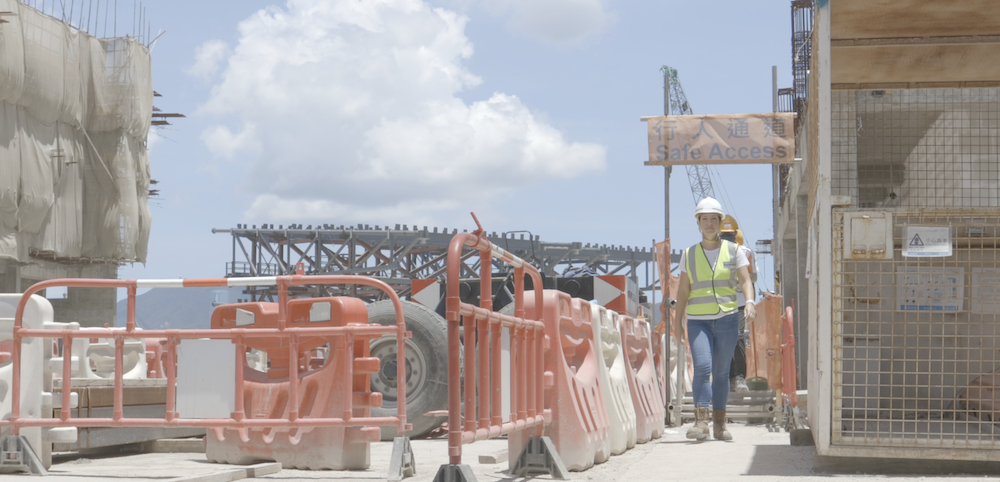
What were the main opportunities and challenges you faced while working in Hong Kong on the Kai Tak Sports Park project?
McWilliam: “Kai Tak Sports Park gave me the opportunity to lead a project that aligns with my personal and professional values. The project is about showcasing the beauty of the human spirit through sport from the highest-level professional competitions to community recreation programs and supporting the athletic programs of local schools. I am eager to see the lasting impact of the project, and specifically the new stadium, on a city and community I grew to love in my three years in Hong Kong.
“Working on Kai Tak was also a period of incredible personal growth for me, that was not without challenges. Living and working in a new culture comes with a few bumps in the road – from learning to understand cultural nuances to navigating a different way of doing business – but I learned to set aside my preconceived notions of how the design process is supposed to go and leaned on my local colleagues to help me navigate customs and procedures I didn’t innately understand because I was a foreigner.
“I learned a lot about who I am, how I work, and the value I bring to projects from my experience in Hong Kong and have been applying those lessons as I take the next step in my career in Los Angeles.”
TSB: What do you feel are the main differences between the US and Hong Kong in terms of the event experience? How did this influence the design of Kai Tak?
McWilliam: “The US has event experiences figured out and operating like a well-oiled machine. Every aspect of your experience, from security and ticket scanning to concessions, venue navigation, and even the digital content on screens and videoboards is carefully orchestrated and the result of years and years of lived experience across hundreds of venues.
“Hong Kong, on the other hand, doesn’t have a deep portfolio of sports venues, so there were a lot of things that needed to be figured out or refined from local experiences for Kai Tak. We leaned heavily on my experience working closely with the NFL on their premiere events like Super Bowl and Pro Bowl to explore what learnings we could take and modify for the stadium experience at Kai Tak.
“We also looked more broadly at global best practices as well as Asian precedents like Singapore Sports Hub and venues constructed for the 2008 and 2022 Beijing Olympic Games and adapted elements of their event experiences to suit the Hong Kong market.
“Not being local to Hong Kong meant I not only brought my global expertise to the project, but I also spent a lot of time actively listening and asking questions so we could tailor the event experiences we wanted to create at Kai Tak to local expectations and preferences but could also back them up with international best practices in design and operations.”
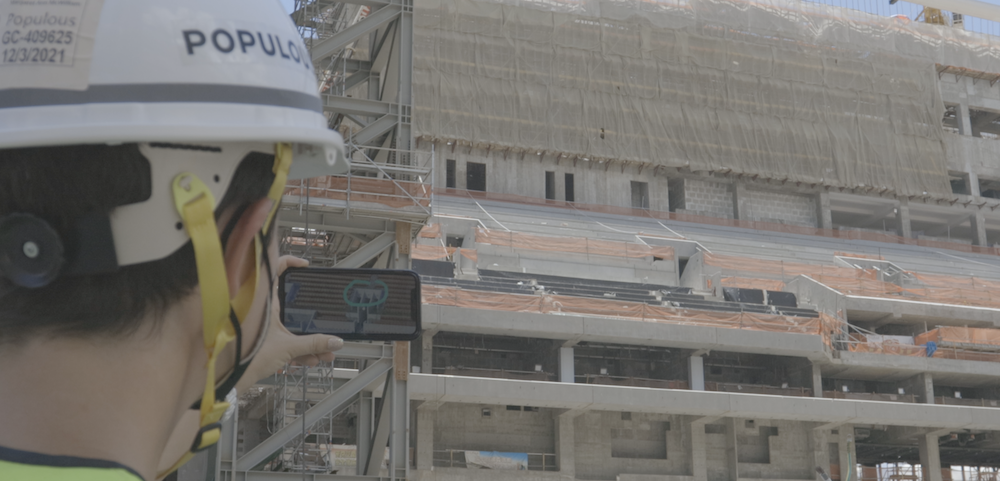
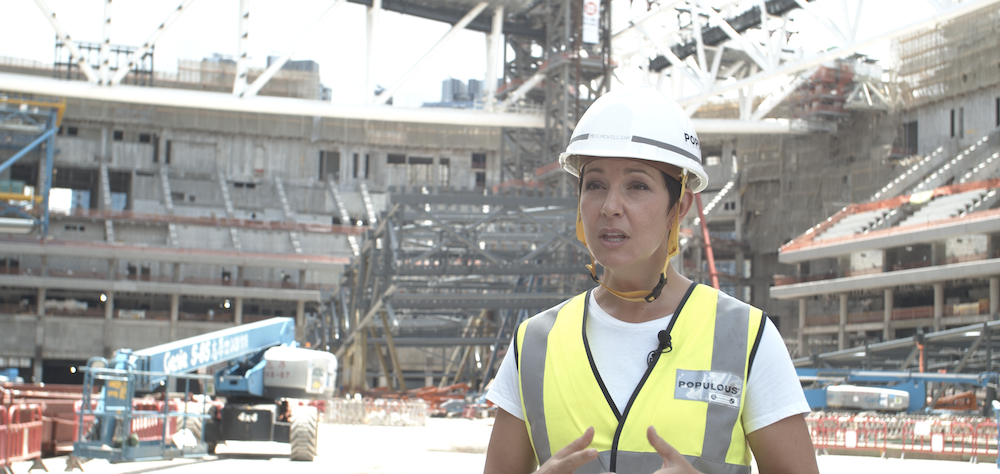
TSB: Increasingly, new venues are being pitched as multi-purpose facilities. Does this make the design process more difficult?
McWilliam: “There is an excitement and a new set of challenges that comes with each new venue that sets the tone for the design process. Layering in multi-purpose facilities doesn’t make the design process more difficult if the expectations and needs are clear from the get-go.
“We were fortunate in the design process of Kai Tak Sports Park that the need for each venue to house not only sports of all levels, but also entertainment, community events, exhibitions, festivals, and nearly any other use we could imagine was clearly outlined as far back as the initial design competition.
“I can imagine, though, that the design process is significantly more difficult when multi-purpose needs are expressed later in the design process, or even after a venue is in construction or complete. It is still possible to make modifications and retrofit – we do it all the time on older venues – but the outcome is not as seamless as when multiple uses are considered from the beginning.”
TSB: How much does sustainability play a part when designing new venues? And how much has this changed since you first started the job?
McWilliam: “Venues are large infrastructure projects with the potential to have impact well beyond their footprint and we have to consider this throughout the design process. Sustainability is part of the design conversation from the first meeting because it is critically important to the success of the venues and their surrounding community.
“In my career I’ve seen sustainability evolve from a focus on materials, resources, and easily tracked environmental metrics to a more complex systems-based approach that considers all the things we were talking about in the 2000s plus a focus on equitable practices and procurement to positively impact not only the environment, but also society.
“I think the UN’s Sustainable Development Goals put the shift in sustainability focus over the past two decades best in saying ‘[We should] ensure all human beings can enjoy prosperous and fulfilling lives and that economic, social, and technological progress occurs in harmony with nature.’”
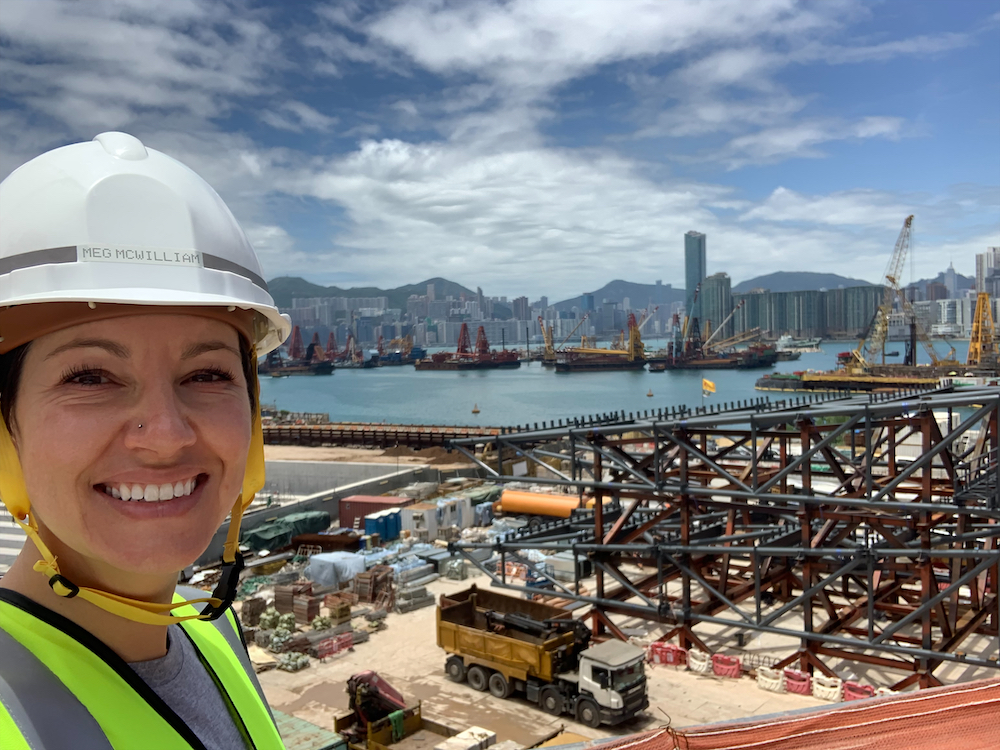
TSB: Aside from Kai Tak, what are the other major projects you have worked on? How did these differ to Kai Tak?
McWilliam: “I’ve been fortunate to work on a few incredible projects in my career so far. I have a not-so-secret love of horses that I’ve been able to translate into work with a number of clients including Hong Kong Jockey Club, New York Racing Association, Churchill Downs, and Breeders’ Cup at a variety of scales, including a current project I’m excited for but cannot talk about just yet.
“While racing venues can be as large as the 28-hectare footprint of Kai Tak, there tends to be much less vertical construction, paired with the complexity of working with equine athletes that are not able to speak for themselves.
“I’ve also been able to leverage my architectural design skills to work on a few non-traditional projects including the Super Bowl, the Olympics, and the United 2026 bid for the FIFA World Cup on behalf of the USA, Mexico, and Canada. While these projects and Kai Tak are all focused on providing exceptional event experiences, the primary difference is that the physical footprint of Kai Tak is permanent while the design and coordination of many international-calibre sporting events is fleeting.
“Using my skillset to figure out how to take a venue designed for one purpose and convert it to another purpose with spectator, broadcast, press, and operations requirements that are frankly on steroids, poses a unique challenge that I love.”
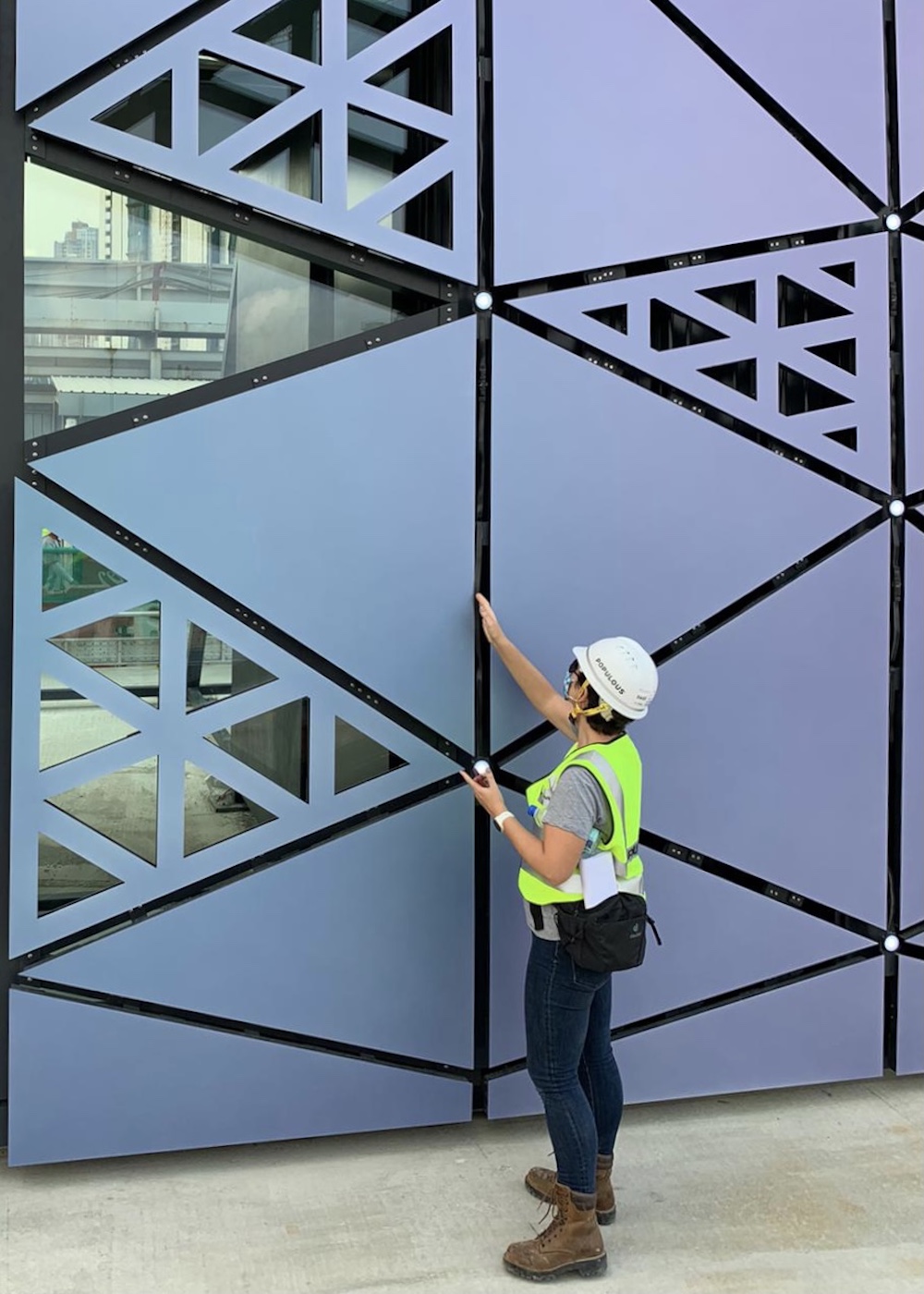
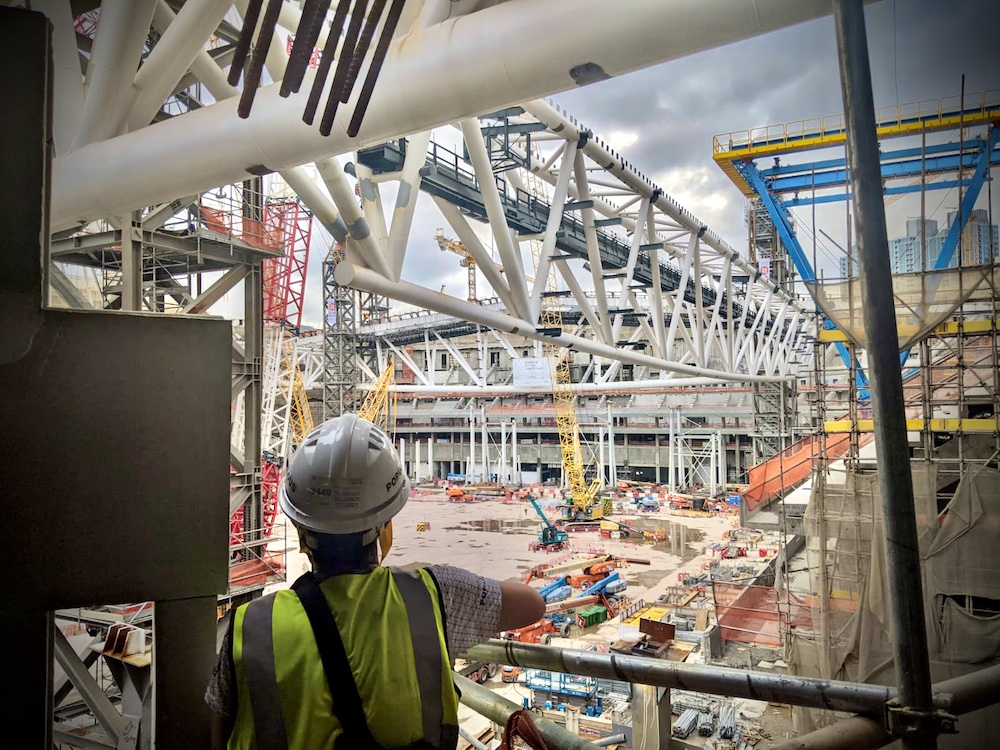
TSB: Is there any part of the world you would like to work in that you haven’t previously? Are there any countries/regions that you feel have untapped potential?
McWilliam: “I’ve been fortunate to have worked on projects around the world, but I’ve never done a project in Europe, the Middle East, or South America. I’m hopeful that in the future I’ll be able to add these regions to the list of places I’m proud to have impacted. They each offer unique climates, cultures, and geography and I’m always up for living and learning somewhere new and unfamiliar.
“Asking if there are any countries our regions that have untapped potential is a bit of a tricky question in my mind. With the mind-numbingly rapid pace of change we all experience at the hands of technology and innovation, there is unrealised potential anywhere you look!
“Even some of the most sophisticated venues in design and construction today, like Kai Tak Sports Park, will be looked at in the future through the lens of evolved expectations and diverse experiences. As architects and designers, I think it’s our duty to see all our projects, new construction or retrofit, as places of untapped potential biding their time to be exceptional.”
TSB: Is there anything else you’d like to add?
McWilliam: “For me, it’s important not to lose sight of the reason we do large, complex sports-focused projects like Kai Tak. In a world that feels increasingly divided, sport has the power to tap into our raw emotion and draw us together in a way that reminds us we are more similar than we are different.
“It was an incredible honour to live and work in Hong Kong and lead the design process for a significant stadium project that will have a lasting impact on the city and its people. Thank you for the opportunity to share my thoughts on Kai Tak Sports Park and the next generation of venues.”
For more insights on the Kai Tak Sports Park project, check out our interview with Richard Breslin, a senior principal at Populous and part of the company’s management team in its Brisbane office.
Meet the Populous team behind Kai Tak Sports Park exclusively at our TheStadiumBusiness ASIA meeting in Hong Kong on 19-20 October. Further details here.
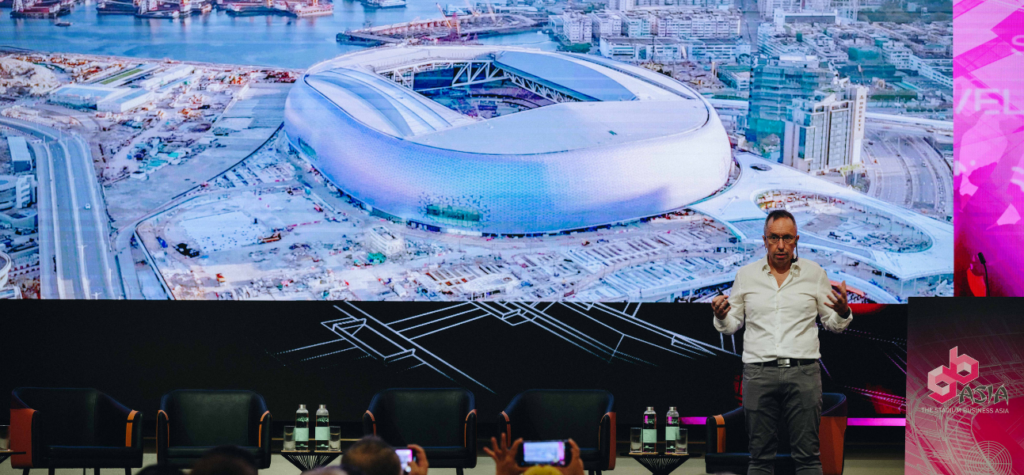
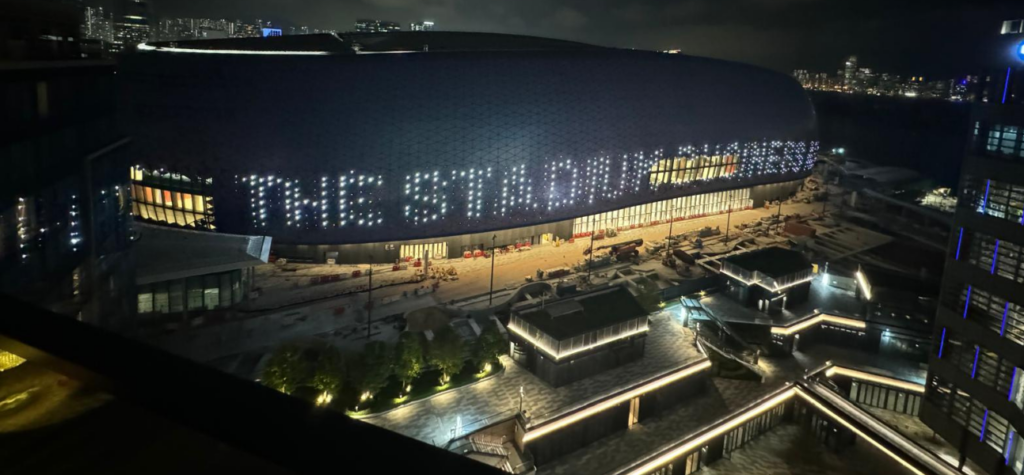
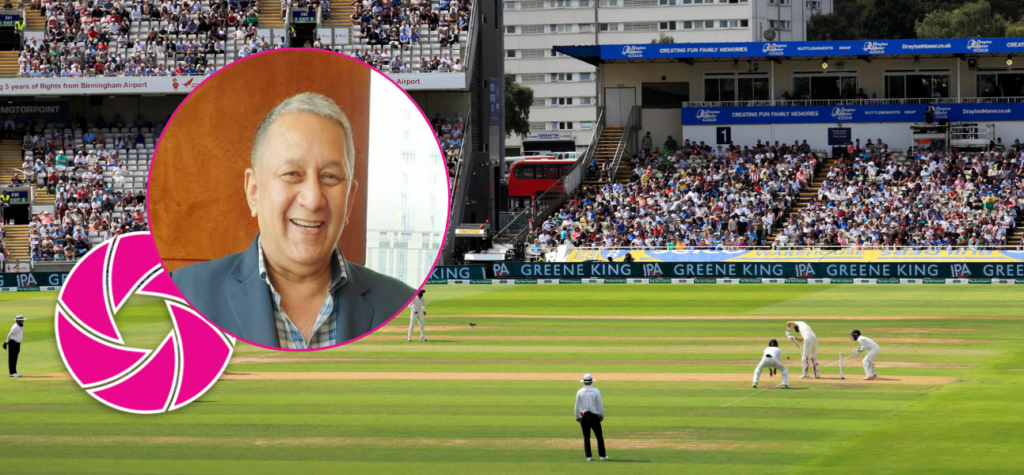
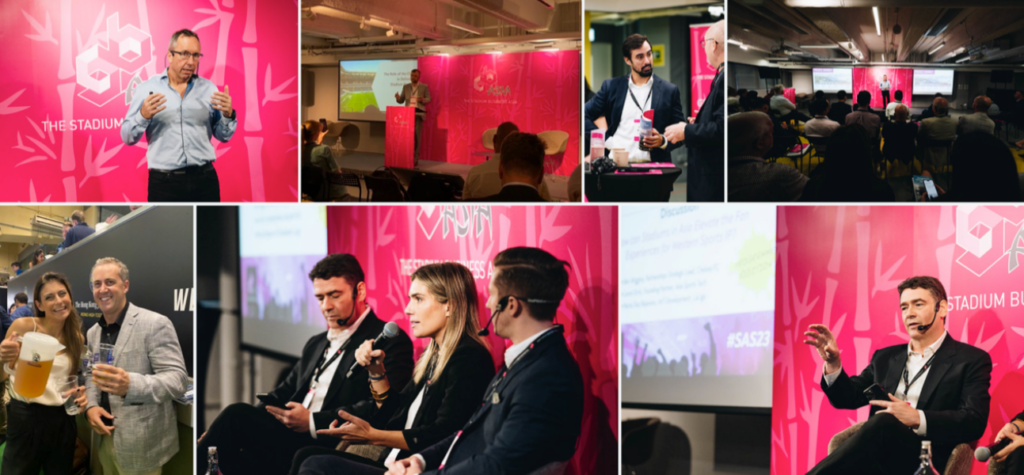

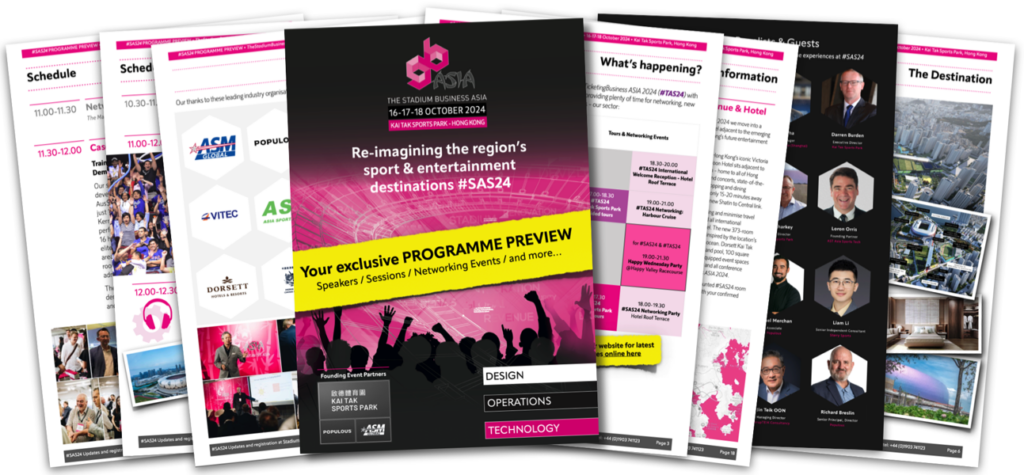
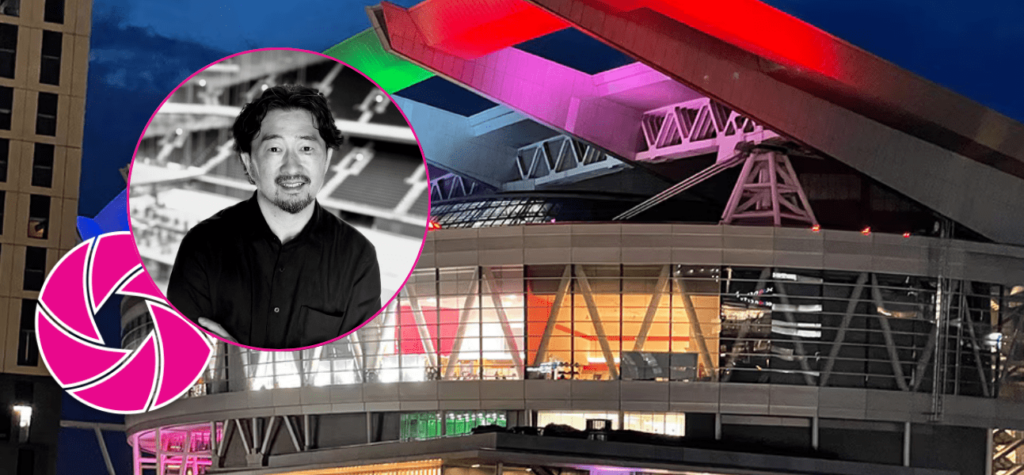
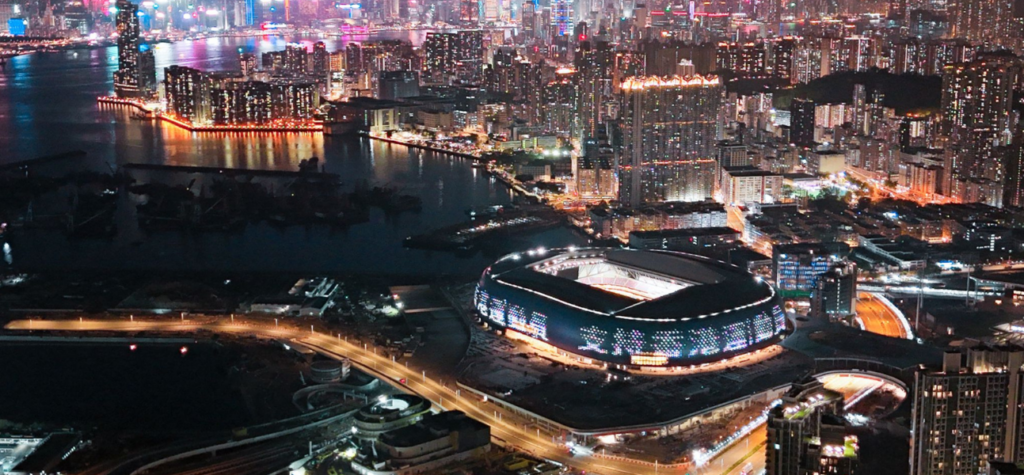
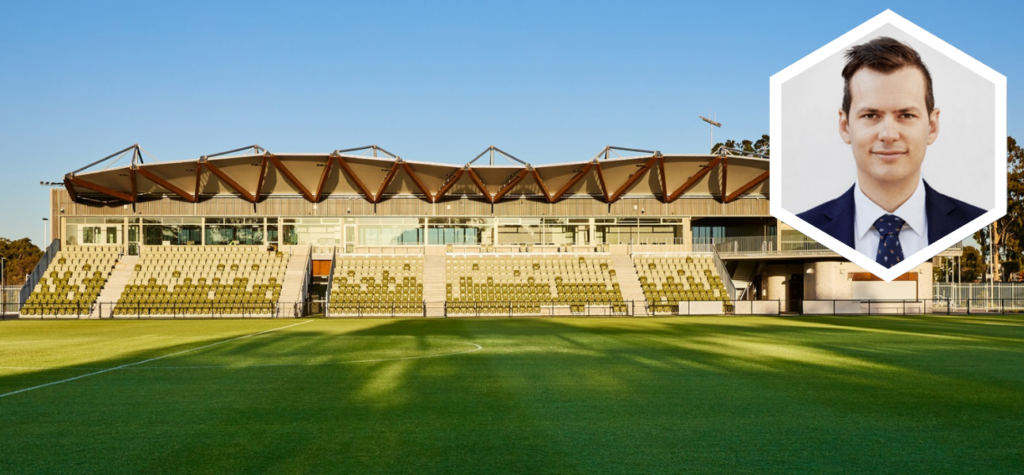

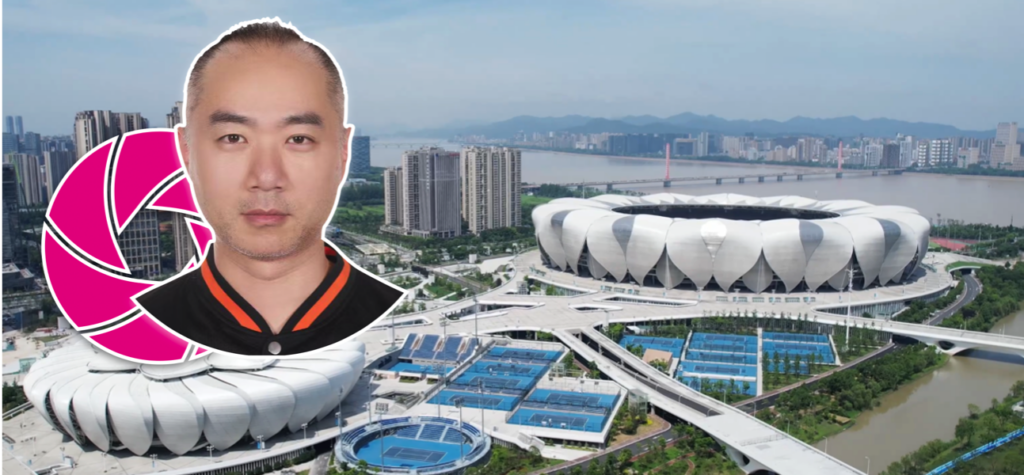
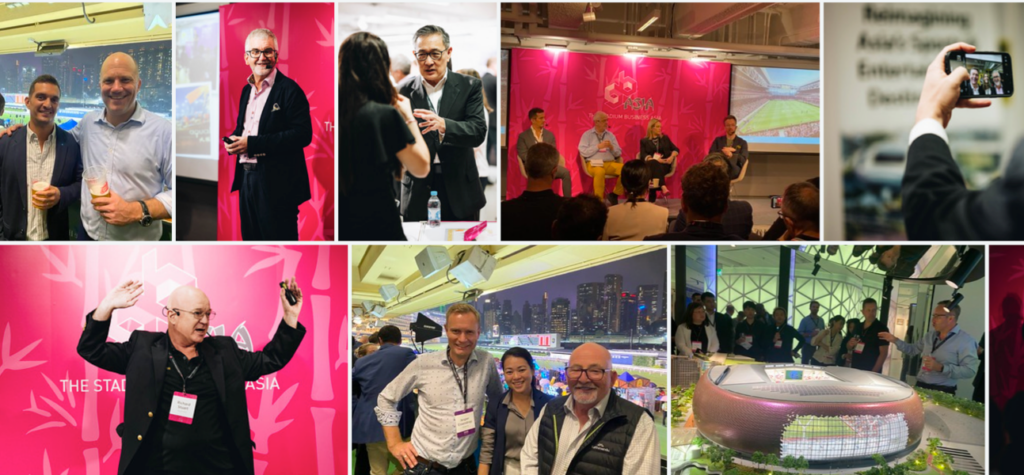

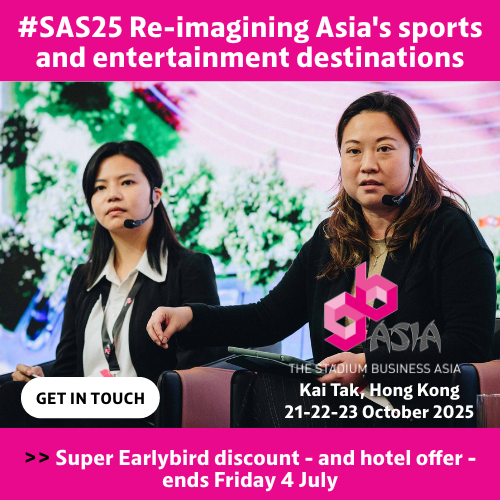
Share this